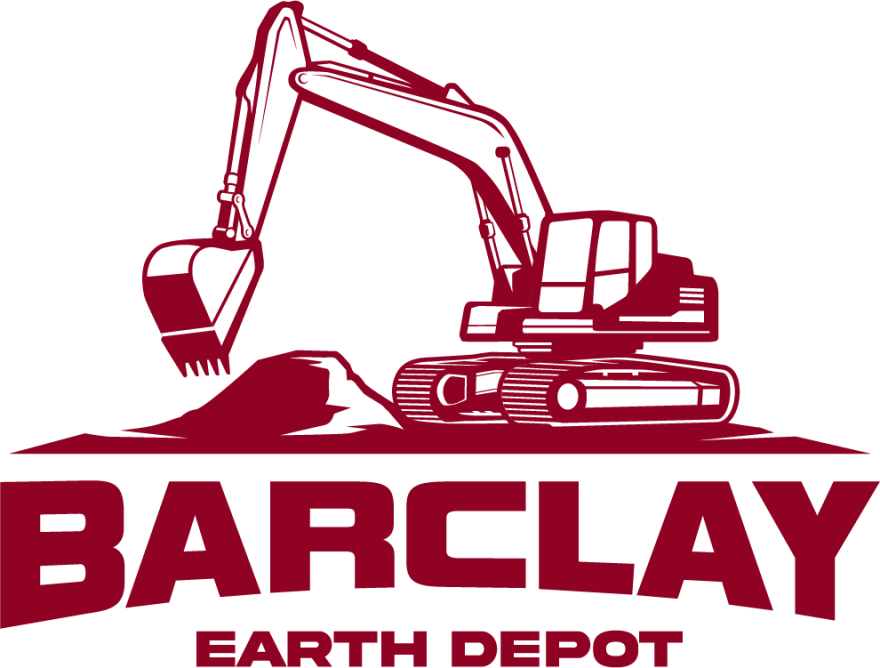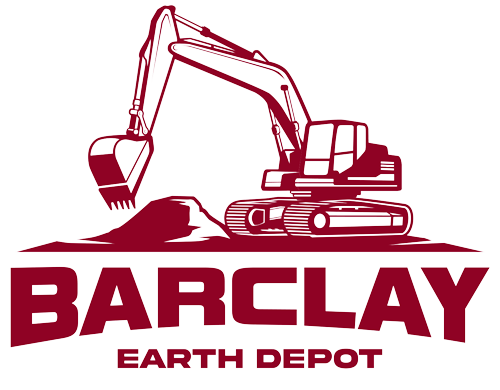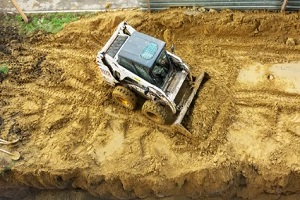 Screened fill dirt plays a vital role in construction and landscaping projects, providing stability for structures while promoting proper drainage and soil health. The quality of this material relies on selecting the right screening method tailored to the specific application.
Screened fill dirt plays a vital role in construction and landscaping projects, providing stability for structures while promoting proper drainage and soil health. The quality of this material relies on selecting the right screening method tailored to the specific application.
Here are some of the more common screening methods that can ensure the highest quality screened fill dirt for your needs.
Screening Buckets and Attachments
Screening buckets are versatile attachments for excavators, skid-steer loaders, and other heavy machinery equipped with metal bars or perforated plates to separate larger particles from finer materials. The bucket shakes or vibrates, causing the smaller particles to pass through the screen while the larger debris remains inside the attachment.
They offer a cost-effective and efficient method for processing fill dirt, as they can be quickly attached to existing equipment. They are also highly maneuverable, making them ideal for use in tight spaces or on complex job sites.
One downside to screening buckets is that they may be less effective at handling wet or sticky materials, which can clog the screen and reduce productivity. Furthermore, these attachments may not be suitable for large-scale projects, as their capacity is often limited compared to other screening methods.
Vibratory Screens
Vibratory screens use a combination of gravity and vibration to separate materials. The screens are usually mounted on a frame or platform, set in motion by an electric motor or another power source. The vibrations cause the material to bounce and move, with smaller particles passing through the openings while larger debris is held back.
Several types of vibratory screens are available, including inclined, horizontal and multi-deck configurations. Each is designed to handle specific materials and applications, providing various levels of separation efficiency.
Vibratory screens are highly efficient as they can quickly process large volumes of material. They also provide consistent results, ensuring that screened fill dirt meets the desired specifications.
Some drawbacks to vibratory screens include their relatively high energy consumption and noise levels. Additionally, they can be challenging to maintain, as the constant vibration can cause wear and tear on components.
Trommel Screens
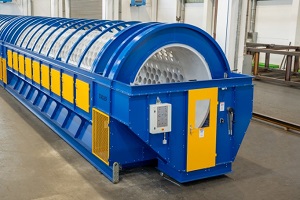 Trommel screens have a large, rotating drum with perforations or mesh panels. The material is lifted and tumbled inside the drum, separating finer particles from large debris. The screened fill dirt is then collected and transported for further use.
Trommel screens have a large, rotating drum with perforations or mesh panels. The material is lifted and tumbled inside the drum, separating finer particles from large debris. The screened fill dirt is then collected and transported for further use.
These screens can be configured with different drum sizes, screen sizes, and materials allowing you to customize them for your specific needs. In addition, some trommel screens feature multiple screening stages, providing even greater separation efficiency.
Trommel screens are well-suited for handling various materials, including wet and sticky substances. They also offer low energy consumption and minimal noise, making them an environmentally friendly option.
One downside to trommel screens is their size, making them difficult to transport and maneuver on job sites. Additionally, they can be more expensive to purchase and maintain compared to other screening methods.
Star Screens
Star screens use a series of rotating, star-shaped discs to separate materials. As the discs rotate, they catch and lift the larger pieces while smaller particles fall through the gaps.
You can find various star-screen configurations, including single and multi-deck designs and mobile and stationary models. You can also customize them with different disc sizes and materials.
Star screens are particularly effective at handling wet or sticky materials, as the rotating discs reduce the risk of clogging. They also provide accurate and consistent separation, ensuring that screened fill dirt meets the desired specifications.
However, these screens can be more expensive to purchase and operate than other screening methods, partly due to their complex design and specialized components. Additionally, they may not be as efficient at processing large volumes of material as other methods.
Grizzly Screens
Grizzly screens are simple, rugged screening devices that use a series of parallel bars or steel plates to separate materials. The material is fed onto the screen, and the bars catch larger particles while the gaps let smaller ones pass through. They are typically used as a pre-screening method, removing larger debris before the material is processed further.
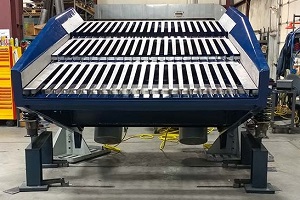 Grizzly screens are a cost-effective and low-maintenance option for separating large particles from fill dirt. They are also highly durable, making them suitable for use in harsh environments or with abrasive materials.
Grizzly screens are a cost-effective and low-maintenance option for separating large particles from fill dirt. They are also highly durable, making them suitable for use in harsh environments or with abrasive materials.
However, these types of screens aren’t as precise as other methods, so further processing may be required to achieve the desired result. Additionally, they may not be suitable for handling wet or sticky materials, as the gaps between the bars can become clogged.
Get Your Screened Fill Dirt from the Experts at Barclay Earth Depot
Selecting the appropriate screening method for screened fill dirt is crucial to ensure the success of your construction or landscaping project. Understanding the different types of screens means you can make an informed decision about which method best suits your needs. However, screening equipment can be a significant investment, and the results aren’t always guaranteed.
At Barclay Earth Depot, you can get high-quality screened fill dirt tailored to meet your project requirements. With years of experience in the industry, we have refined our screening methods to ensure that our screened fill dirt meets your exact specifications.
Our team of dirt experts is available to answer any questions and help you select the right screened fill for your project. Contact us today at 941-WE-DIG-IT to learn more about our selection of screened fill dirt or request a quote online.
